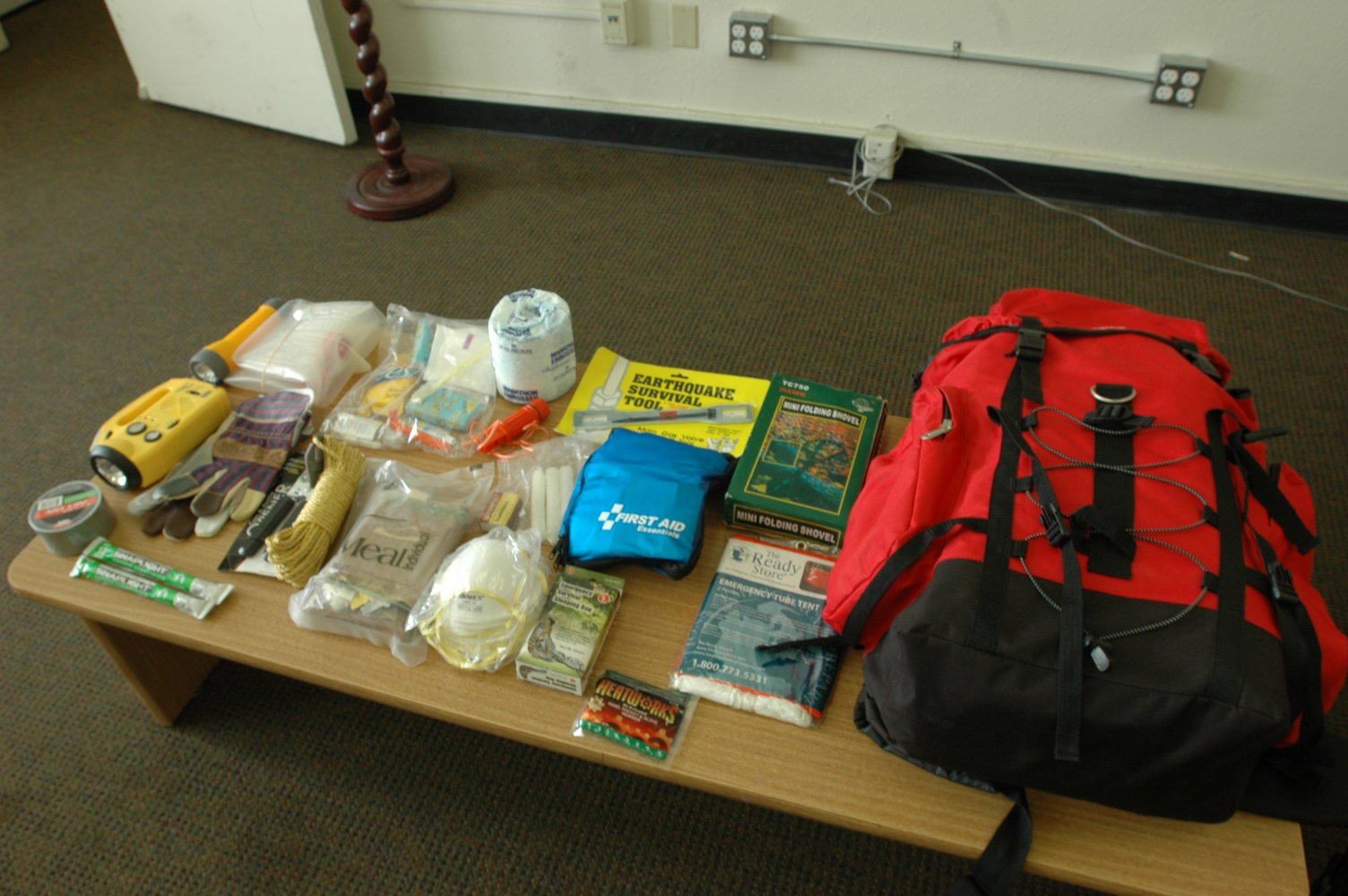4 Common SHTF scenarios and the escape tactics you need to use
07/30/2018 / By Zoey Sky

When SHTF, you need to be prepared for all sorts of scenarios: from long-term outages, societal collapse, to even escaping a sinking car. Here are four common situations and proper escape tactics for each of them. (h/t to PreppersWill.com)
Escaping a downed power line
High voltage power lines, which can be found almost everywhere, carries high power from plants that produce electricity and transformers that send the power to users. Power lines can come down without warning. If you’re in your car when this happens, stay in your grounded vehicle where it’s safer. If the wire falls directly onto your vehicle, don’t touch anything and stay put until help arrives.
- Always assume that power lines are live and direct. Never attempt to touch them, even if they’re not burning, flaming, or sparking.
- A current from downed lines can still travel through any conductive material. Avoid surface water on the ground that can “channel” electricity from the power line to your body.
- A non-sparking wire is also dangerous. An automated system can bring back power and charge a seemingly dead wire that can electrocute you.
- If you see someone touched by a live wire, use a nonconducting object like a broom handle or dry towel to detach them from the electrical source. Do not touch them before they’re disconnected or you can also get shocked.
Escaping quicksand
Quicksand is “a mixture of sand and water, or sand and air, that looks solid.” However, it turns unstable when disturbed by any additional stress. But unlike its portrayal in movies, if you know what to do, you can still escape from a quicksand pit.
- Remove your gear and toss it over to solid ground. The lighter you are, the easier it is to escape.
- Move horizontally. Once you feel your feet getting stuck, take a few steps back toward the firm ground you came from. Quicksand usually takes a minute to liquify before it turns into a cement-like substance. On average, a quicksand pit won’t be deeper than your chest.
- If your feet are stuck, sit down and lean back. Form a bigger “footprint” to free your feet so they can float. When your feet get some wiggle room, roll to your side away from the quicksand.
- Roll onto your back and “swim.” If you sink up to your hips or higher, bend backward. Distribute your weight, so you don’t sink as fast. Float on your back as you carefully free your legs. Once your legs are free, slowly make your way to safety by propelling yourself backward with your arms in sweeping motions and edging closer to solid ground.
- Always carry a walking stick. Aside from offering support, a walking stick can be used to escape quicksand. If you feel yourself sinking, lay the pole on the surface of the quicksand horizontally behind you. Let the stick support your back. Once you regain your balance, you’ll stop sinking. Move the pole under your hips so your hips will also stop sinking. Slowly pull your legs free then use the pole to get to firm ground.
- Take short and fast breaks because escaping from quicksand can be exhausting, but don’t stay submerged too long. Pressure from the sand may cut off blood flow to submerged body parts.
Most quicksand-related deaths occur due to exposure or drowning in the incoming tides, not from being “sucked under.”
Escaping a sinking car
Even if you’re a very careful driver, it won’t hurt to know how to escape from a sinking vehicle. You don’t even have to be near an ocean to drown while trapped in a sinking car. In most cases, victims in sinking vehicles have been trapped in small farm ponds that are only ten to twelve feet deep.
Most sinking car-related deaths in the U.S. occur when the victims panic. Panicking will only waste energy that you could’ve used to try and escape. Go in a “brace position” so you can survive the impact.
- When your car sinks in water, you shouldn’t waste precious seconds calling 911. In this scenario, time is of the essence.
- Stay calm and unbuckle your seat belt. Find the door handle and unlock your door.
- Act quickly: the first 30 to 120 seconds are crucial to your survival. Your car can float for at least 30 seconds, and during this time you must try to escape. Roll down the windows immediately. Once 30 seconds have passed, water pressure will force the window against the frame of the door, making it impossible to roll down. Half a minute may not seem like much time, but it should be enough to save yourself and your passengers. Escape from the open window.
- To make escape easier, keep a tool that you can use to break a window and cut a seat belt quickly. Store it under your front seat or in the dash.
- Help small children escape because they might have trouble getting through the rush of water from an open window.
Escaping a rip current
A riptide or rip current occurs when water rushes through a low point in a sandbar. When waves keep propelling more water into the depression between the sandbar and the beach, a rip current can continue for a couple of minutes or several hours.
The strongest part of the rip current is often the direct line between the water’s edge and the sandbar opening. The current can pull in water from either side of the depression, which will pull you parallel to the beach before you’re sucked outward to the open sea. (Related: Are you prepared for a natural disaster? 3 Emergency first aid skills you need to know.)
- Exit shallow water immediately if you see a rip current in progress. Once you’re chest-deep, it can be harder to escape.
- Stay calm. The rip current won’t drag you underwater even when the waves hit you; it will only pull you straight out to sea.
- If you’re a poor swimmer, yell for help immediately.
- Most rip currents measure less than 30 feet. Swim parallel to the shore and look for the closing waves breaking; this means you’re near the edge of the rip current.
- When trying to escape a rip current, take small and quick breaks to conserve your energy.
- After you’ve escaped the rip current, swim away diagonally to shore. This ensures that you don’t get sucked back in.
When SHTF, your presence of mind will help increase your chances of survival. Learn more tips at Disaster.news.
Sources include:
Tagged Under: crisis scenario, disaster, escape tactics, how-to, powerlines, preparedness, prepper, prepping, quicksand, rip current, riptide, SHTF, sinking car, survival, survival skills, Survival Tips, survivalist


















